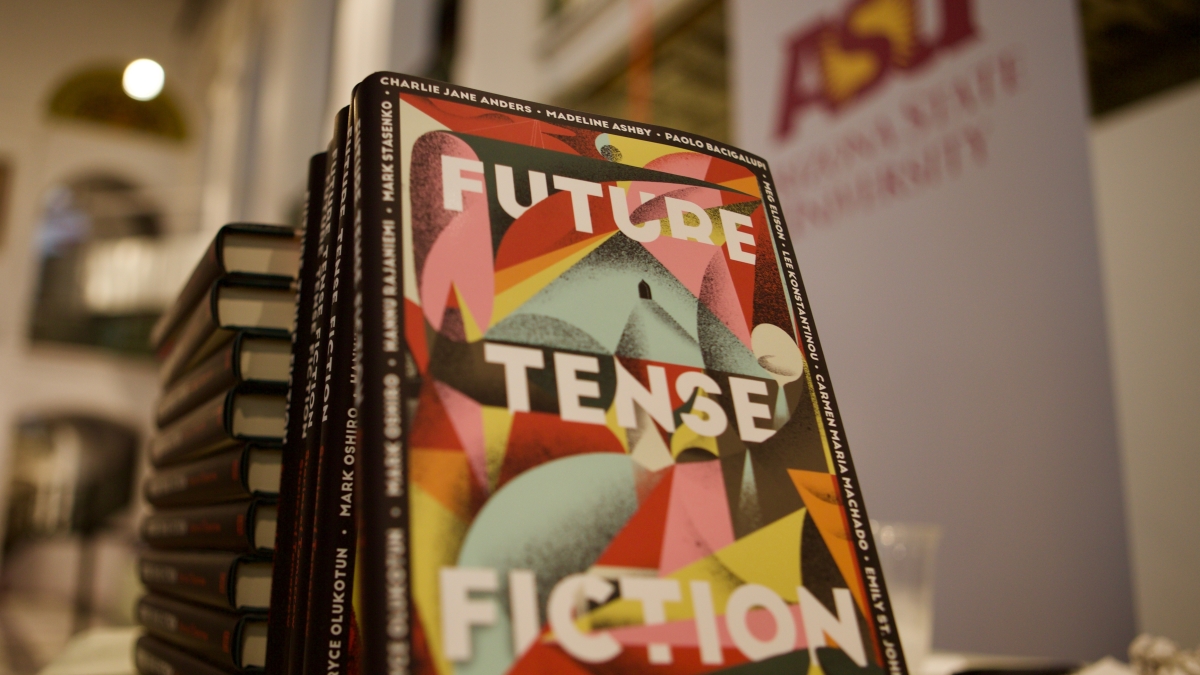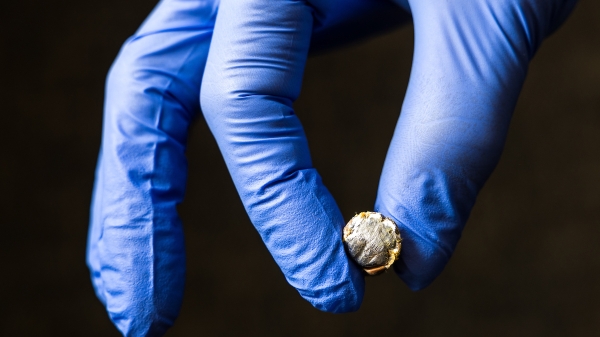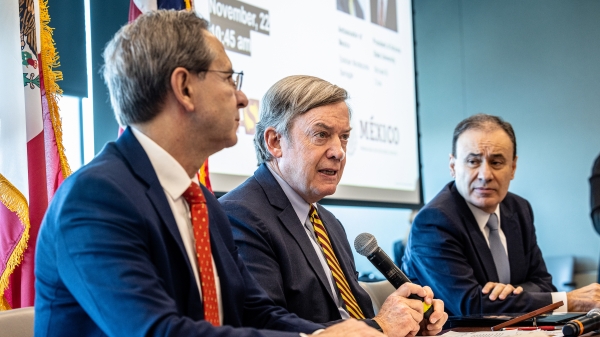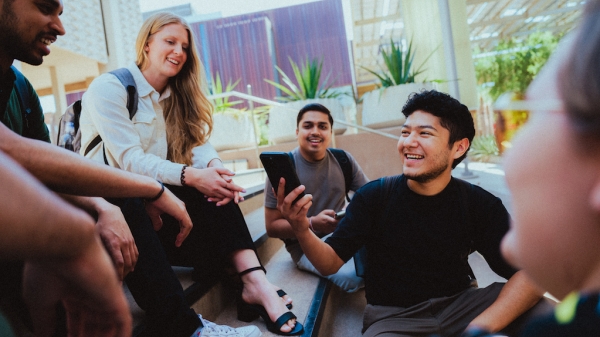Future Tense: How a simple observation led to ASU's partnership with New America and Slate

Honored for a fifth consecutive year in 2019 as America’s most innovative university, one of Arizona State University President Michael Crow’s remarks was to explain it this way: “‘The tremendously creative minds and efforts of our students, faculty and staff elevate who we are.’”
That’s not an accident. At ASU, ideation plays a major role in the university’s success, as demonstrated by a now decade-long partnership that began with a simple observation.
In 2010, Joel Garreau joined ASU as a research professor, but he was also part of the fellowship program at New America, a nonpartisan think tank in Washington, D.C. He approached Andres Martinez, the program’s leader at the time, after recognizing that New America and ASU viewed innovation and technology similarly.
Coincidentally, an opportunity for collaboration easily presented itself since New America was already in conversations with Slate magazine about a potential partnership. Eventually, a partnership between ASU, New America and Slate was solidified and Future Tense was born.
Martinez, who is now the editorial director for Future Tense and a professor of practice at the Walter Cronkite School of Journalism, said the goal for Future Tense was to have more conversations with policymakers about how to govern emerging technologies.
“The desire was to inject more far-reaching, forward-looking thinking about technology into the Washington echo-chamber.”
In order to achieve that forward-looking approach, Future Tense finds opportunities to discuss unique angles through various events. For example, at a recent panel discussion in Washington, D.C., invited guests talked about Mars and the legality of space, since current laws don’t govern extraterrestrial settlements on other planets.
“We are always trying to think a few steps ahead of these policies and trying to see how people are going to grapple with it,” said Anthony Nguyen, program director.
The partnership continues to evolve by establishing new, creative platforms for content. In 2016, through ASU’s Center for Science and Imagination, Future Tense Fiction was launched — a series of original science fiction stories that grapple with potential real-world conundrums.
Since Future Tense’s inception, 120 ASU faculty members and graduate students (and counting) have contributed content to the online platform. And through recent global partnerships, some of that content is translated and published in the United Arab Emirates, Mexico, Brazil and India.
Hollywood has also taken interest in the work by Future Tense Fiction. Production company 3 Arts Entertainment has already optioned three stories for production since Future Tense Fiction’s launch in 2016. The opportunities and conversations seem endless.
The Future Tense team is based out of the Ambassador Barbara Barrett and Justice Sandra Day O’Connor Washington Center but also hosts events in New York and Tempe, Arizona.
Top photo by Hager Sharp
More Science and technology

Glass powder may be magic bullet in solving crimes
Using shattered glass to glean clues from a crime scene is nothing new.Broken pieces of glass can indicate where a criminal was standing, the angle of a bullet’s trajectory and, in the case of a…

Opportunities in ASU-Mexico partnership equip talent for North American microelectronics jobs
One country can’t accomplish it all when it comes to the semiconductor or microelectronics sector. While Arizona is a rapidly expanding hub for revitalizing the industry in the United States,…

AI-powered educational experiences underway at ASU
An AI-generated patient on which to practice behavioral health techniques.An on-demand study buddy to help with language learning.An AI simulation that allows you to debate with some of the world’s…